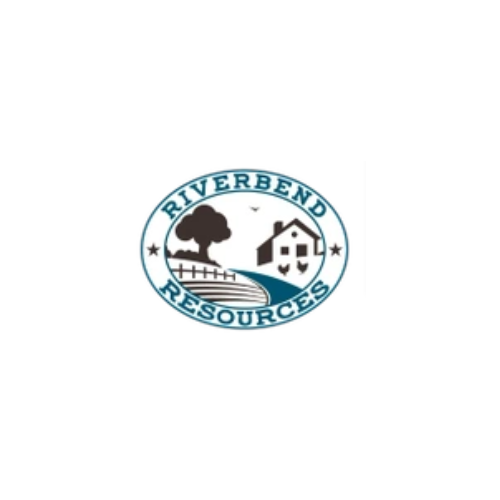A bucket, some water, and a few holes—how hard can it be to build a waterer for your chickens? Turns out, harder than you'd think if you miss a few key details. Plenty of backyard chicken owners try the DIY route with good intentions, only to find themselves dealing with leaks, algae, frozen valves, or confused birds.
Making a bucket chicken waterer can be a game changer, especially for those who want to cut down on daily chores. But if it's done wrong, it becomes a frustration instead of a fix. The good news? These mistakes are easy to avoid once you know what to watch for.
Table of Contents
- Using the Wrong Type of Bucket
- Placing the Nipples or Cups Incorrectly
- Forgetting to Seal the Lid Properly
- Placing It in the Wrong Spot
- Not Cleaning It Often Enough
- Why the Right Design Matters
- Final Thoughts
1. Using the Wrong Type of Bucket
It all starts with the bucket itself. Not all buckets are created equal. Some people grab an old paint bucket or something they had lying around in the garage—but here's the thing: not every plastic is safe.
Always use a food-grade bucket. These are made of materials that won't leach harmful chemicals into the water, especially under sun exposure. If you're using a plastic that's not labeled food-safe, you're taking a risk you don’t need to take.
Plus, cheap or brittle plastic can crack in the cold or warp in the sun. A broken waterer on a hot day is the last thing your flock needs.
2. Placing the Nipples or Cups Incorrectly
One of the most common rookie errors is drilling holes too low, too high, or at an angle. If the watering nipples or cups are not installed level and in the right position, they may not function properly.
Ideally, the drinking part should be placed about 8 to 12 inches above the ground, depending on the size of your birds. For younger or smaller chickens, go a bit lower. For full-sized hens, keep it high enough that they can reach without stooping or stretching uncomfortably.
And yes, the holes need to be perfectly straight. Use a level or jig if you’re not sure. Otherwise, you’ll end up with leaks—and angry birds.
3. Forgetting to Seal the Lid Properly
It might seem harmless to leave the lid loose “just for air.” But a loose lid invites dust, dirt, mosquitoes, and all sorts of uninvited guests. It also throws off the air pressure balance in a gravity-fed setup, which could lead to inconsistent flow or total failure.
In winter, a poorly sealed lid also means cold air gets in, which leads to freezing. And in summer, it could speed up algae growth.
Always make sure the lid fits snugly. If you’re using a rubber gasket or screw-top design, even better.
4. Placing It in the Wrong Spot
Another often-overlooked mistake is putting the waterer in direct sunlight. A full bucket sitting in the sun all day turns into a perfect warm bath—for bacteria and algae. If the water starts to turn green or smells weird, you’ll know it’s gone too long without a break.
Place your bucket chicken waterer in a shaded, sheltered spot, preferably raised off the ground a few inches to avoid dirt and bedding getting kicked up into the drinking area.
And don’t forget about winter placement—make sure it’s near a power source if you plan to use a heater.
5. Not Cleaning It Often Enough
Yes, chickens are tough little animals, but even they appreciate clean water. A waterer that goes unwashed for a week or more becomes a breeding ground for slimy buildup. That’s not just gross—it can lead to health issues like coccidiosis or salmonella.
Make a habit of rinsing it out every 2–3 days. Once a week, give it a deep clean with warm water and a dash of white vinegar or mild dish soap. Avoid bleach, which can damage the plastic over time and harm your flock if not rinsed thoroughly.
The Best Poultry Waterer is the one that’s both effective and easy to maintain. If it’s too annoying to clean, it’ll end up neglected.
6. Why the Right Design Matters
A well-built waterer keeps your birds hydrated, your coop cleaner, and your routine simpler. But when it’s poorly designed, it turns into another problem you’ll have to solve—usually in a hurry.
Look for designs that hold enough water for a few days, are easy to fill from the top, and work in both hot and cold seasons. Gravity-fed systems with poultry nipples are great for avoiding spills and waste, while cup-style waterers may work better in milder climates.
Some chicken keepers like to build their own, and there are tons of clever hacks out there. But sometimes it’s worth investing in a proven design to save yourself the trial and error.
Final Thoughts
Building a bucket chicken waterer can be one of the simplest and smartest upgrades for your backyard flock. But like any DIY project, the details matter. A few small mistakes can turn a helpful tool into a coop headache. With the right bucket, good placement, and proper maintenance, your birds will stay healthy—and you’ll spend a lot less time hauling water every day.
For folks who prefer to skip the guesswork, Riverbend Resources offers smart, practical kits and accessories designed by people who actually raise chickens. Their DIY solutions take the stress out of setup, so your flock can stay hydrated without the hassle.





Comments